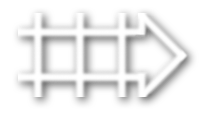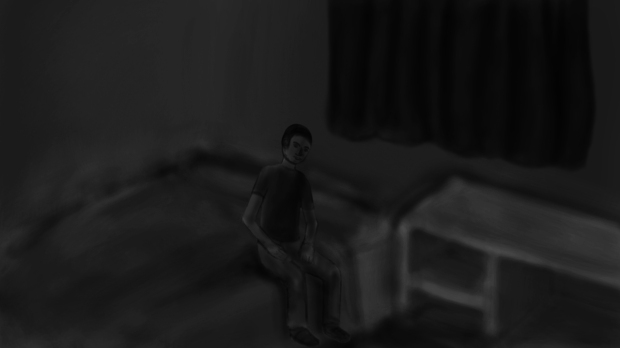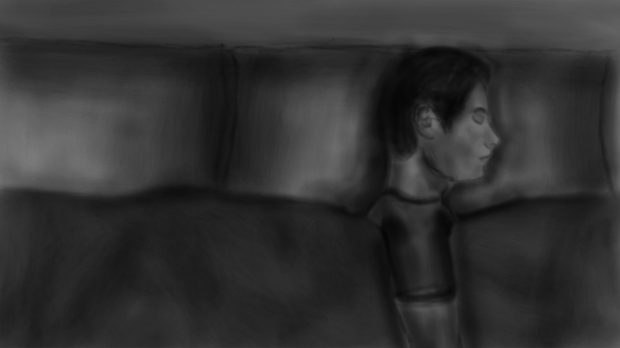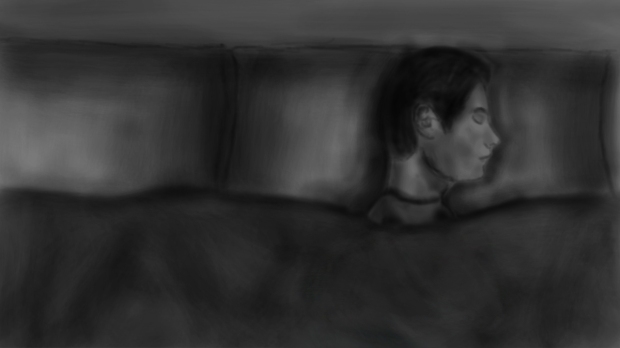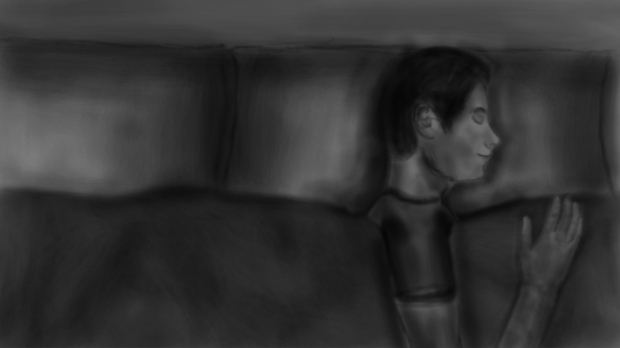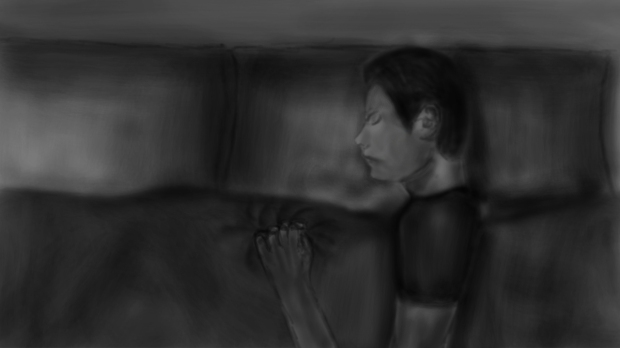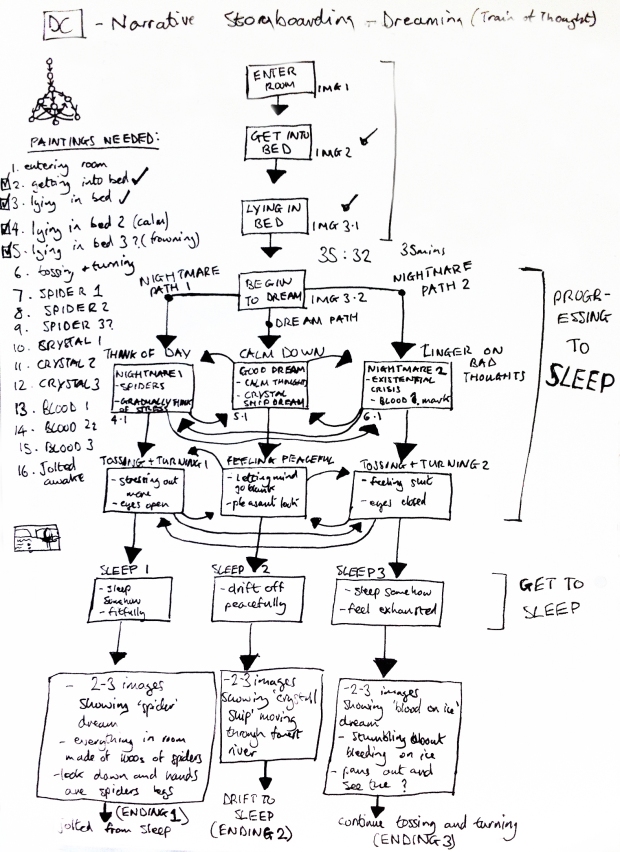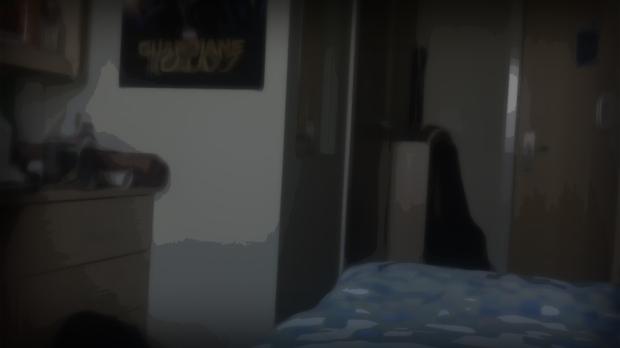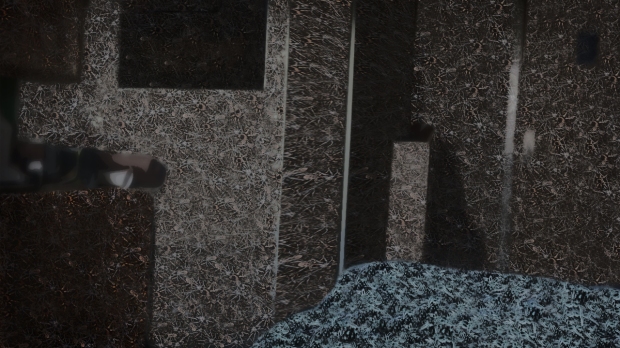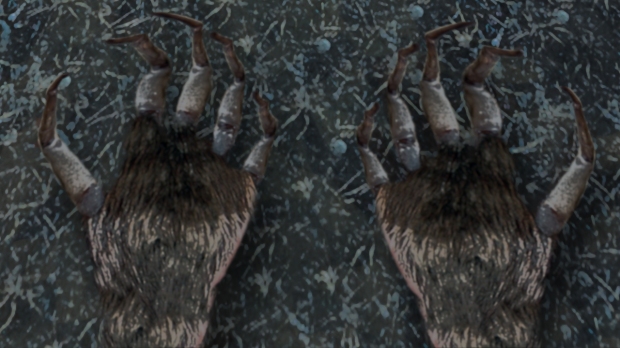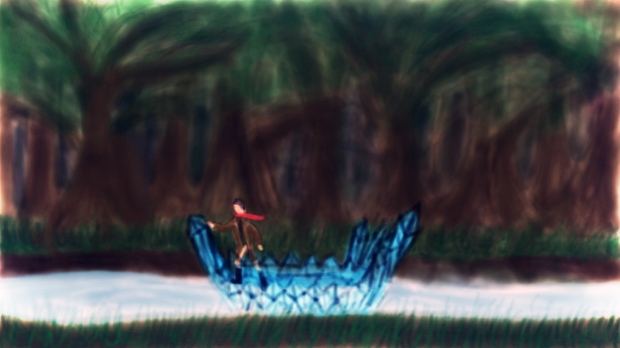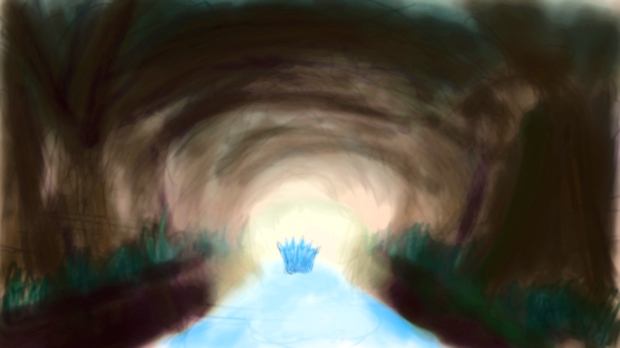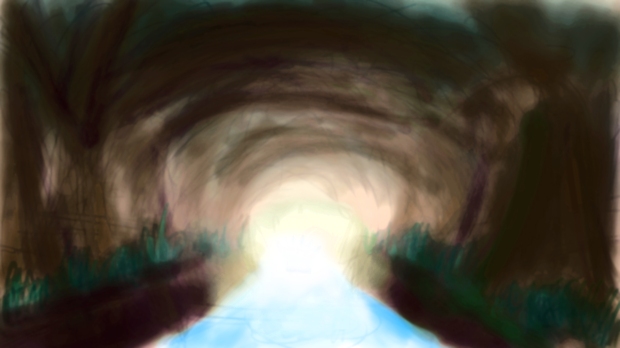Shortly before beginning my greyscale thumbnail designs, I discovered the Swedish digital and concept artist Simon Stålenhag. Whilst I had seen occasional pieces of his during my many voyages through the internet, this was the first time I actually discovered his work in earnest.

“It’s Full of Stars”
I was instantly drawn to his unique style of inserting unusual, sci-fi inspired structures, robots and sometimes even creatures into hyper-realistically rendered countryside scenes, with ordinary civilians often featured interacting with them (or just going about their life in the background).
Whilst I generally prefer more a more stylised approach in concept art, there is something highly alluring about his realistic approach, both in style and in the subject matter – you will find no explosions or extravagant battle scenes in his work – as you can really imagine these scenes actually happening as they’re in a world truly like our own.

A particularly good example of his sci-fi minimalist style
This minimalist way of dealing with the often very visually intense genre of sci-fi was really inspiring to me, and directly fed into several of the thumbnails I made, and I daresay his work will continue to influence me during this module and beyond.

